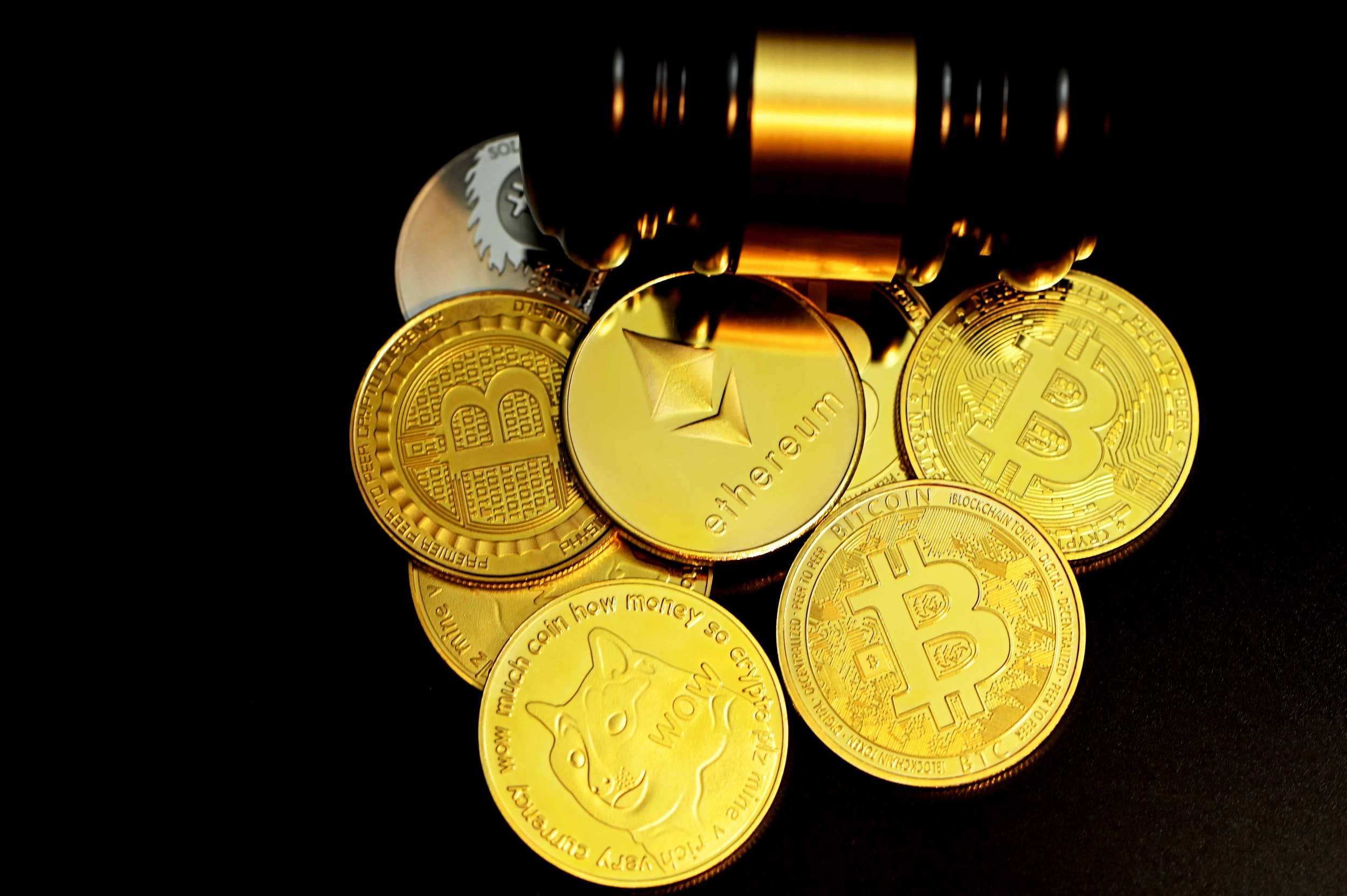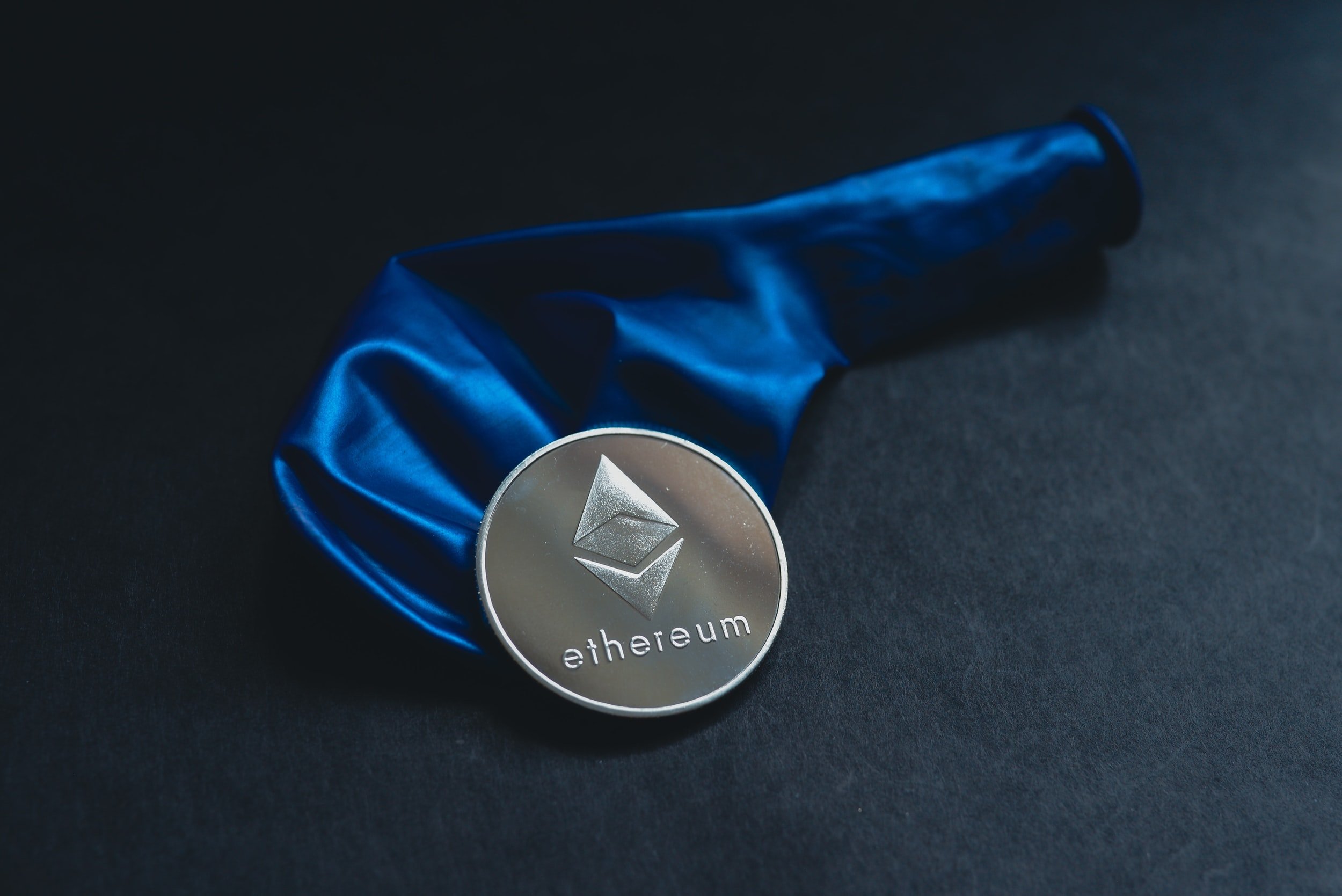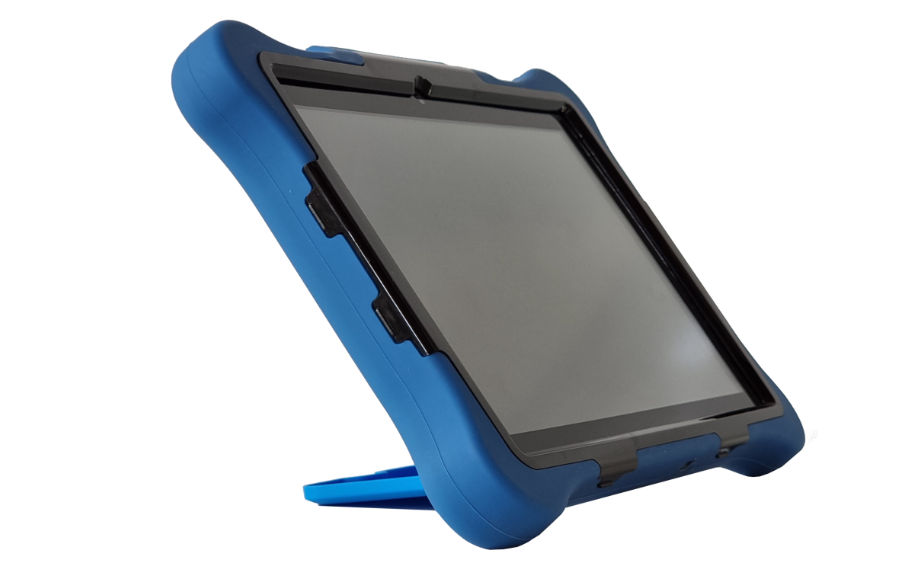Table of Contents
OWNii Coin (LiFi Cryptocurrency) Launch Update 2022 - Private Sale Coming Up in July 2022
Launch Update and Upcoming Private Sale
This week, we had another interesting conversation with the CEO of Global Greenology and the different teams working on the launch of the OWNii Coin. We were informed that another private sale for the OWNii coin is coming sometime in the month of July 2022. This also means that the public launching of the OWNii coin is very near.
LiFi Tech News will continue to keep you updated on the progress of the OWNii Coin Launching.
OWNii Coin
OWNii stands for Optical Wireless Network Internet Infrastructure. OWNii Coin is developed to oversee, develop, and design the physical infrastructure necessary to implement LiFi in the United States and developing nations abroad.
OWNii creates wireless communication that is faster, addresses issues with internet security, and allows localisation due to the small coverage area of LiFi access points used for precise asset tracking. Furthermore, providing ubiquitous high-speed wireless access that offers substantially greater data density (data rate per unit area) than RF through high bandwidth reuse.
Credit to Signify - Trulifi dongle
The State of Wireless Communications
Whether it is replying to an email on your laptop or posting pictures on social media through a Smartphone, wireless networks play an important role in facilitating communication in a world that is constantly on the move. Currently, the most popular technologies in use are based on radio frequencies of the electromagnetic spectrum. Cellular communication and Wi-Fi are based on this technology.
Cellular Communication
Today, 67% of the world’s population uses mobile phones. Of this number, it is estimated that 2.5 billion people are Smartphone users. Smartphones coupled with internet access have allowed greater mobility and revolutionised the way people communicate. Wireless communications have evolved into a utility like water and electricity, fundamental to the socio-economic growth of modern society.
Current networks support voice and data communications, but, they offer average transfer rates of 7 Mbps. Meanwhile, 4G speeds range between 15 to 20 Mbps, while 5G speeds can range from 50 Mbps to over 1,000 Mbps (1 Gbit/s).
Cellular communications are affected by a variety of factors with the main one being propagation path obstruction. This refers to the obstruction to radio waves caused by natural or man-made features such as buildings, caves, clouds, etc. This disruption results in issues such as connectivity issues and duplicity of data.
Meanwhile, traffic using mobile data is on the rise. According to one report, the total mobile data traffic is estimated to increase by eight times by 2023. This increase is attributed to the growing popularity of video-based media such as YouTube, Netflix, social media and games and the IoT.
To meet the ever-growing demand for mobile communications, cellular networks have to grow from simple local service providers into large, complex cooperative systems. The main challenge for cellular communication operators will revolve around addressing this exponential demand created by consumers. The exponential growth in demand for wireless data is outpacing the supply of current and emerging wireless networks.
So far, additional frequency spectra and denser cell sites are being allocated to answer this challenge, but these short-term solutions will only delay the inevitable spectrum crunch. In addition, up to 70 per cent of the wireless data demand is coming from indoor locations, which are currently being served by Wi-Fi APs and femto-cellular communications.
An indirect, but increasingly becoming a significant direct factor in the forms of current communications and technologies is the overall energy usage involved in the backbone infrastructures and enabling technologies. It is increasingly and becoming statistically significant on the correlation between the increase in volume and throughput of voice and data communications and energy consumption.
A combined increase in the speed of such communications systems and technologies, coupled with the adoption and switch to the sustainable energy source of electricity, would significantly have a positive impact to achieve a balance, and in ensuring sustainable growth in the demand for processing, throughput, speed, storage and management of such infrastructures and facilities.
The OWNii Ecosystem aims to contribute to part of the problem solution and participate in the revolutionary technological advances in these aspects.
Wi-Fi Communication
With increased smartphone usage, the demand for data has increased exponentially. This has led to using the use of radio frequency bands below the 10 GHz range. Wi-Fi routers operate in the frequency bands of 2.4 GHz and 5 GHz.
Wi-Fi gives wireless access to the internet by connecting the home or office Ethernet to the Smartphone or any other device to enable data transfer. Wi-Fi is gaining popularity because it provides higher data transfer rates when compared to cellular communication. The average WLAN-11n Wi-Fi router can give speeds up to 150 Mbps while the more expensive WiGig routers can scale up to 1-2 Gbps.
While Wi-Fi communications allow faster data transfer, it suffers from issues ranging from security to scalability. Wi-Fi uses encrypted radio waves to transmit data over a network. These waves can travel through walls thus making them vulnerable to interception and potential hacking. Apart from Wi-Fi routers, there are other household appliances that operate in the low radio frequency spectrum. These include devices such as garage doors, baby monitors and cordless phones. Radio signals from these devices can disrupt the proper functioning of a Wi-Fi router leading to frequent connectivity or data transfer issues.
Finally, the demand for inexpensive high-speed networks is increasing by the day. It is predicted that within the next 3-5 years, the global demand for data will be twice the amount of data supplied via traditional wireless communications.
The OWNii Ecosystem proposed is well-positioned to achieve that, and in the process of its overall development plans, achieve the very much-needed balance between the demand for speed, capacity, data throughput, security, sustainability and growth-related issues.
What is LiFi?
Li-Fi, also known as "Light Fidelity" is a wireless optical networking technology, which uses light-emitting diodes (LEDs) to transmit data. In 2011, professor Harald Haas made a LiFi demonstration at the TED (Technology, Entertainment, Design) Global Talk on Visible Light Communication (VLC).
VLC uses light as a medium to deliver high-speed communication like Wi-Fi and complies with the IEEE standard IEEE 802.15.7. The IEEE 802.15.7 is a high-speed, bidirectional, and fully networked wireless communication technology-based standard similar to Wi-Fi's IEEE 802.11.
How does Li Fi work?
Li-Fi is a high speed, bidirectional, and fully networked wireless communication of data using light. Li-Fi constitutes of several light bulbs that form a wireless network.
When an electrical current goes through to a LED light bulb, a stream of light (photons) emits from the lamp. LED bulbs are semiconductor devices, which means that the brightness of the light flowing through them can change at extremely high speeds. The signal is sent by modulating the light at different rates. The signal can then be received by a detector that interprets the changes in light intensity (the signal) as data. Also when the LED is ON, you transmit a digital 1, and when it is OFF, you transmit a 0.
LiFi Benefits
The primary benefits of LiFi are as follows:
• Security: Provides entirely secure access. Where there is no light there is no data.
• Safety: Does not produce electromagnetic radiation and does not interfere with existing electronic systems.
• Localisation: Allows localisation due to the small coverage area of LiFi access point - localisation can be used for very precise asset tracking.
• Data density: Provides ubiquitous high-speed wireless access that offers substantially greater data density (data rate per unit area) than RF through high bandwidth reuse.
Credit to Signify
LiFi Applications
LiFi can be used for so many applications and the list is increasing every year. You can read our updated list of LiFi applications at the following link:
Credit to Oledcomm
LiFi Systems Reviews by LiFi Tech News
OLEDCOMM LIFIMAX KIT REVIEW - ONE YEAR IN
We reviewed the LiFiMax kit produced by the leading French LiFi company Oledcomm. We bought this LiFi kit system at the end of 2020. After over a year of use, we decided to write a review of this LiFi system. We looked briefly at the profile of Oledcomm, a brief history of the LiFiMax system, the Kit box contents, some testing and performance results of this LiFi system, the customer experience and our own verdict (the good and the bad points) of the LiFiMax kit.
You can read the review on this link:
https://www.lifitn.com/blog/lifimaxreview
SIGNIFY TRULIFI 6002.1 STARTER KIT SYSTEM REVIEW
We also reviewed the Trulifi 6002.1 starter kit produced by Signify, the world leader in lighting for professionals, consumers and lighting for the Internet of Things. We got this LiFi kit system with the help of PCDSI and Signify around August 2021. In a similar fashion done with our previous review of the LiFiMax kit a few months ago, we will look briefly at the profile of Signify, a brief history of the Trulifi 6002.1 kit, the Kit box contents, some testing and performance results of this LiFi system, the customer experience and our own verdict (the good points and the bad points) of the Trulifi 6002.1 kit.
You can read the review on this link:
https://www.lifitn.com/blog/trulifi6002review
In conclusion, if you are also interested to hear more information about the OWNII Coin or enquire about LiFi devices such as the LiFiMax and Trulifi, you can contact us through our chatbot or by sending an email through our contact us form. If you enjoyed this post and would like to hear more updates about LiFi technology, subscribe to our newsletter. Don’t forget to subscribe to our social media accounts. You can also join our Telegram group about LiFi technology on this link:
https://t.me/joinchat/FMzOmsEKyJFrU6Af









